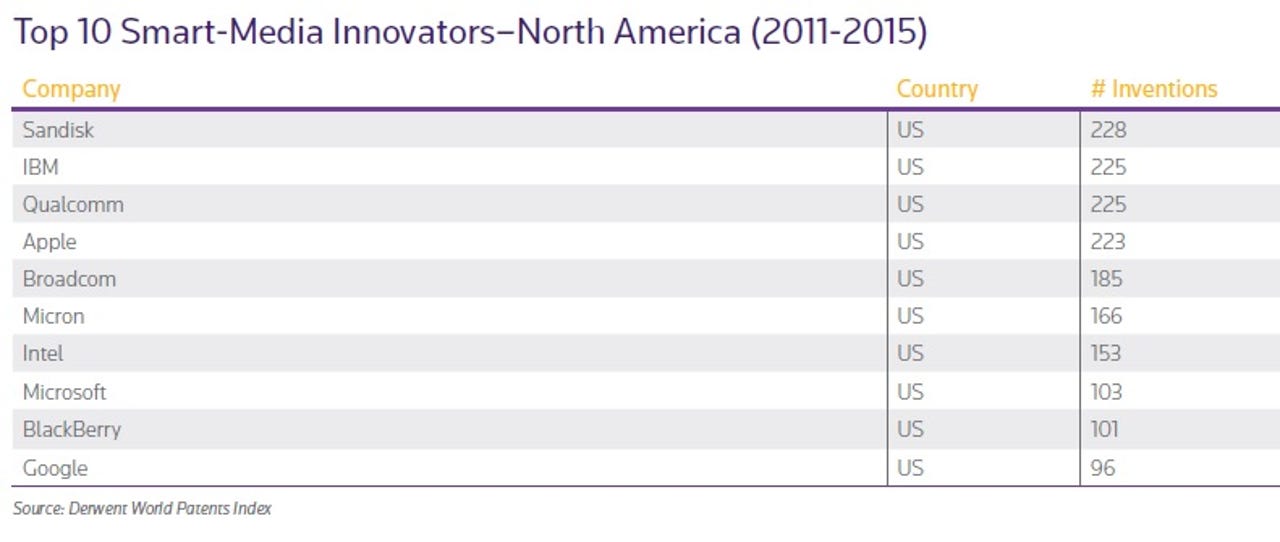Why Apple's R&D spending surge may not result in one more thing


A look at where Apple stands on innovations over the last four years.
Apple's research and development spending is surging, but the idea that it'll result in the next big thing or some iPhone-like moonshot needs a bit of a reality check.
Above Avalon's Neil Cybart has an interesting take on Apple's R&D spend, which is estimated to be about $10 billion, or nearly 7 percent of sales for the fiscal year ending June 30. Part of this surge as a percentage of revenue is due to the reality that Apple's sales are expected to fall. After all, Apple's R&D spending as a percentage of revenue was mired in the 2 percent range for years and the argument was that the company's sales were surging.
Special Feature
Nevertheless, Apple's R&D spending is going up. Apple spent $4.47 billion on R&D in fiscal 2014, $6 billion in 2014, $8 billion in 2015 and is now estimated to hit $10 billion, $10.67 billion and $12 billion in fiscal years 2016, 2017 and 2018, respectively.
Where Cybart's argument gets interesting is when he lays out a scenario for an Apple Car, wearables and variations of software and services. Cybart noted that Apple is pouring money into a few big bets.
With Apple, there's always a pressure from observers and Wall Street to think another iPhone, iPad or Apple Watch is coming. Cybart said there's a bigger pivot on the way.
Information technology bulk of innovation as 'collabovation' takes root | The Apple TV lesson: You can't hurry R&D, you'll just have to wait | Innovation defined: New, useful, real and critical to long-term success | All innovation stories
Apple may want to pivot, but the argument that R&D spend will result in one more thing remains to be seen. For all the science that goes into R&D, the process of turning research into product is more of an art. R&D-heavy companies are cranking out inventions, but few turn into products. Apple is set up for the research to product move, but history dictates that the company will have a few misses.
Any company aiming for a moonshot realizes most of the efforts will fall short. Instead of an Apple Car, I'd be more interested in an R&D spending push that revolved around services, algorithms and other tools. As Knowledge@Wharton recently noted, Apple's best asset is its installed customer base. Apple needs to be more about services and subscriptions than the next wow moment.
Following Apple's R&D spending and assuming there's an Apple Car, Apple television or Apple Home on the way may be a recipe for disappointment. Apple's curse is its previous success and expectations haven't been managed well. Simply put, R&D spending may not result in one more thing because the law of averages indicates that Apple is on deck for a few strikeouts ahead.
The R&D game may also be changing in ways that go against Apple's vertically integrated approach. Thomson Reuters State of Innovation report noted that "collabovation" is needed for success (try saying that buzzword three times):
Collabovation is a term used to represent the elegant convergence of collaboration, innovation, cultivation, cross-pollination and calibration, swirled into the powerful process of bringing inventions to life with strategic partners and suppliers. Coming up with a novel idea can be a feat in itself, but actually bringing one to market is an entirely different game. The Lifecycle of Innovation, from discovery and protection to commercialization and launch, involves everything from research and prototyping to intellectual property protection and product monetization. In today's fast-paced world of science, technology and medicine, where disruption and multi-tiered competition are the norm, it takes collabovation to truly succeed.